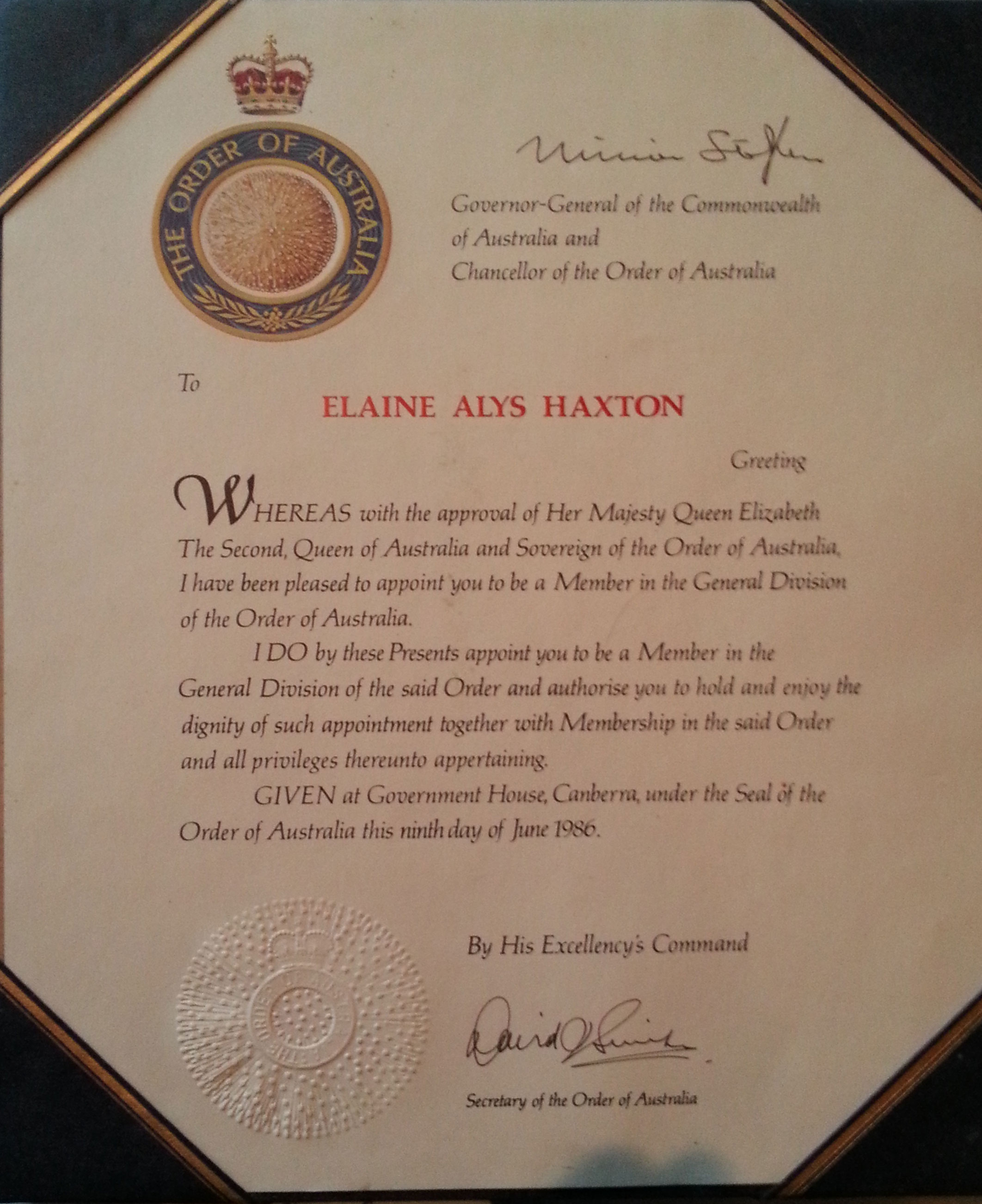The Sulman Prize is awarded for the best subject painting, genre painting or mural project by an Australian artist. A genre painting is normally a composition representing some aspect or aspects of everyday life, and may feature figurative, still-life, interior or figure-in-landscape themes. A subject painting, in contrast, is idealised or dramatised. Typically, a subject painting takes its theme from history, poetry, mythology or religion. In both cases, however, the style may be figurative, representative, abstract or semi-abstract.
A mural is a picture fixed directly to a wall or ceiling as part of an architectural and/or decorative scheme. Established within the terms of Sir John Sulman’s bequest, the prize was first awarded in 1936. Each year the trustees of the Art Gallery of NSW invite a guest artist to judge this open competition. Finalists are displayed in an exhibition at the Gallery (although in the early years all entrants were hung). In 1943 Elaine Haxton recieved the Sulman Prize for her mural Coq D'or, displayed in Angel Place, Sydney.
An art prize awarded by the Ballarat Fine Art Gallery and named after George Crouch. It was inaugurated in 1927 and was officially known as the George Crouch Prize. The initial capital for the prize was provided by Colonel Richard Armstrong Crouch (1868-1949) in memory of his father George Crouch. Held annually at first, it later became a bi-annual event. In 1944 Colonel Crouch gifted a further two thousand pounds to establish a second prize known as the Minnie Crouch Prize in memory of his older sister Winnie Winterly Crouch. The two prizes were held eventually on alternate years. In 1946 Elaine won the Crouch Prize for her painting 'Mother and Child'. Described by the judge Louis McCubbin as being 'a most beautiful arrangement with something of the feeling of the early Italian masters together with a charming conception of form and colour', this work reflects an abiding interest in medieval italian painting.
- Companion of the Order (AC)
- Officer of the Order (AO)
- Member of the Order (AM)
- Medal of the Order (OAM)
The Order of Australia is the pre-eminent way Australians recognise the achievements and service of their fellow citizens. Nominations to the Order of Australia come directly from the community: either individuals or groups. Anyone can nominate a fellow Australian for an award. Appointments in the Order of Australia are not made posthumously. However, a nomination will be considered if the person is alive when the nomination form is received by the Australian Honours and Awards Secretariat at Government House in Canberra. The 19-member Council for the Order of Australia then considers the nominations.
The Council makes its recommendations, independent of government, direct to the Governor-General. Awards in the Order of Australia are publicly announced on Australia Day (26 January) and the Queen’s Birthday public holiday (June).
